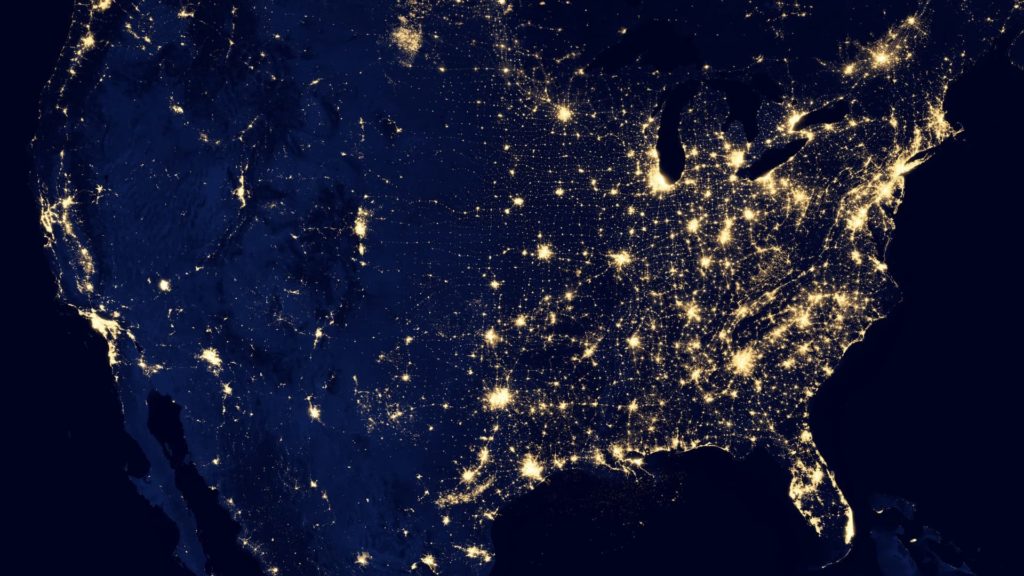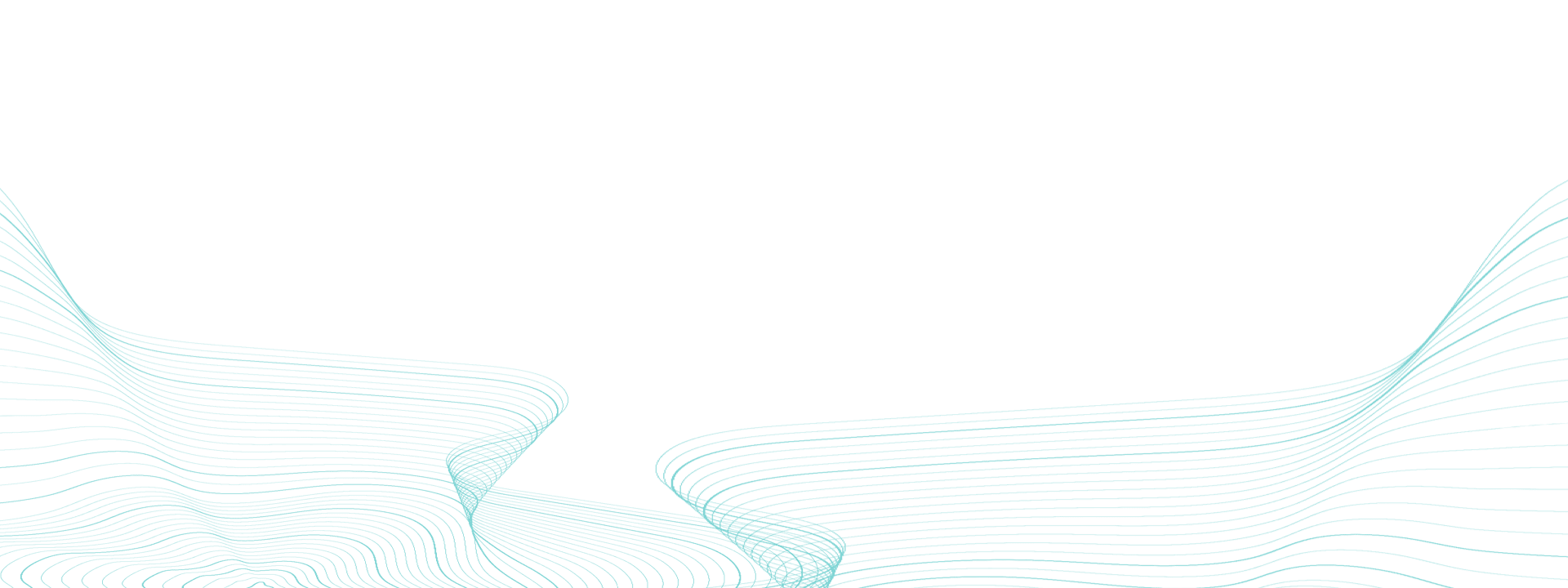By Tenzin Migmar –
Eradicating extreme poverty in all its dimensions is a bold commitment to elevating the quality of life for humanity everywhere to ensure that everyone has the opportunity to live a life of prosperity. While strides have been made, 10% of the world’s population still live under the poverty threshold.
Developments in the elimination of extreme poverty have borne some fruit,as the percentage of people living in global poverty has receded 26% from 1990 to 2015, however, the rate of change has slackened in pace, and the pandemic has been notorious for its disruptions and is threatening to undo progress.
In order to actualize a future where extreme poverty has been ended, the United Nations has named Ending Poverty in All its Forms Everywhere as the first SDG (sustainable development goal) on their agenda for sustainable development.
Here at the AI for Good Foundation, we’re invested in how we can leverage Artificial Intelligence as a tool to accelerate progress towards the United Nations Sustainable Development Goals (SDGs). Read on for a real-world application that has the potential to move the dial in eliminating the shackles of poverty that we’re especially excited about.
Coupling Satellite Imagery and AI to Gauge Levels of Poverty
In the battle against poverty, half the fight is knowing which areas are most in need to enable better resource allocation. A deep understanding of the most impoverished regions can accelerate progress towards undermining poverty by focusing humanitarian efforts — something that Stanford researchers Marshall Burke, David Lobell, and Stefano Ermon have been trying to empower organizations and government entities with.
They’ve developed a tool that leverages satellite imagery data and artificial intelligence in order to zero-in on which regions are most impoverished in Africa, as well as track fluctuations in their economic development over time. These data points are then passed on to organizations affiliated with humanitarian aid initiatives so they are equipped with the insights needed to hone in efforts on the zones most in need from the pressure of poverty.
The artificial intelligence component of this tool falls under the domain of deep learning, more specifically, computer vision, a subset of artificial intelligence that allows machines to have a high-level interpretation of image data. Deep learning algorithms are applied here to create a model that analyzes the imagery data and forms an index for asset wealth.
This tool has a duality in terms of gauging levels of poverty. At night time, lights are turned on by households well-placed to do so while others remain unlit. There is a correlation between how well lit and how economically developed an area is as trends show that rich regions are tied to brighter areas at night. When it becomes day time, satellite imagery of infrastructure is visible and therefore analyzed to determine poverty levels. Unlike many other satellite imagery and artificial intelligence use cases, this application is uniquely placed as there is an avenue both at day and night to extract insights.
But the same question goes for all real-world machine learning applications: how well can the model detect levels of poverty? Through a pilot study designed to test the accuracy of the model of 20,000 African villages, the researchers found that the tool was effective in gauging poverty.
Conclusion
To create resilient and productive communities, eradicating poverty is the first step forward. Emerging technologies such as artificial intelligence have immense potential to turn the tide on the deceleration of declining poverty rates, and as developments in the field continue, effective applications of artificial intelligence can really move the needle in eliminating extreme poverty.
Tenzin is an innovator and researcher in the field of artificial intelligence. Previously, she’s worked on projects such as ecosystem preservation using satellite imagery, air quality monitoring with data visualization, building out a framework proposal for improving internet access in rural communities in Bihar, India and worked as an AI ethics research fellow. Tenzin is driven by a combination of excitement for the future, technology and impact on the world.







